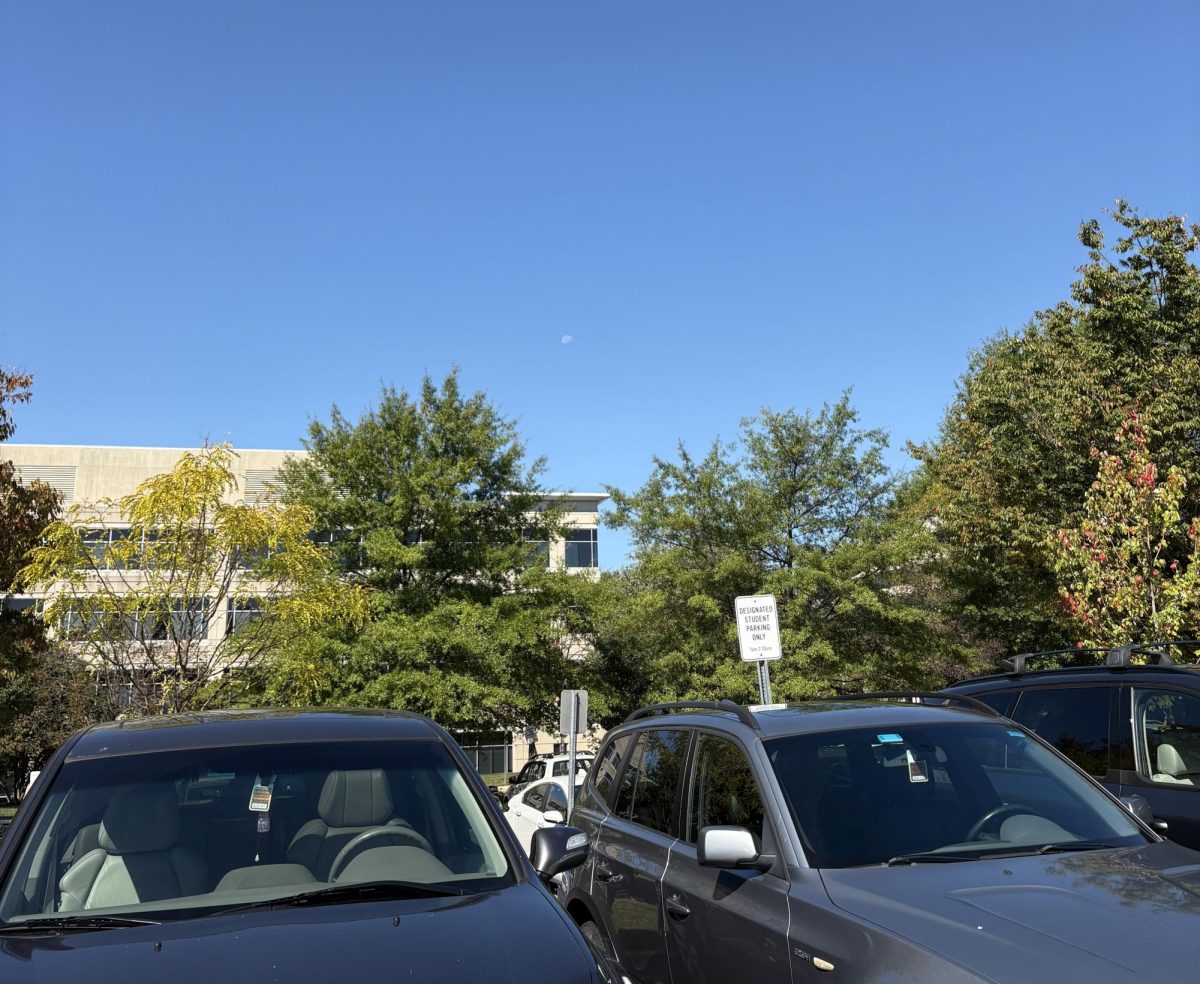In most suburbs, you will find birdhouse-esque style houses that are propped up on a wooden stand, ranging from various colors, shapes and sizes, and filled to the brim with books. These charming structures are known as ‘Little Free Libraries.’
The not-for-profit organization aims to spread the love of reading throughout the community by creating book exchange boxes that individuals or businesses can buy and place on their property. There are several in the WJ community, including one down the road, in front of Ashburton Elementary school.
Librarian Naomi Gelfand has engaged in these book exchanges and understands their value.
“It puts books in the hands of people that don’t have ways of getting them otherwise – be it financially or accessibility wise,” Gelfand said.
However, what may seem like a kind gesture actually might not be as beneficial as one would think. People will often approach Little Free Library donation boxes in passing. Some of the time, they leave with a book in their hand, but mostly they find nothing. The selection in most of these donation boxes have piled up with dull reads that have probably sat on a bookshelf in someone’s house, unread, for a couple years. Ranging from math workbooks for preschoolers to health tips from the early 2000s. What becomes a problem is that people end up using Little Free Libraries as a place to dump unwanted books out of convenience.
In the FAQ portion of the Little Free Library Website, the organization asks people to “not cram books in a library that’s already full.” It is a known problem with the organization that people will often use Little Free Library boxes as a way to dispose of unused books. This can lead to a problem because the people who manage the individual boxes are in charge of deciding what books should be kept or not. It can be difficult to have to manage boxes with enormous quantities of books that get left by the Little Free Library donation boxes.
Although, for some people, having a selection of more niche books can actually diversify their taste as people are confined to what they see within a small box. Little Free Libraries can offer a wide range of different books, authors, and genres. There may be books in a different language or even older books which can, in some ways, actually improve your range of reading. Sometimes even the sight of these libraries can spark an idea to get back into reading.
“I think people like to be reminded that people read…while people may not take books from that, it kind of reminds me that reading is for enjoyment,” English teacher Joshua Fullenkamp said.
Regardless of their intended friendly nature, these libraries come with conflicting opinions. In the article, “The Question of the Little Free Libraries,” from the magazine, American Libraries, the controversy around these donation boxes is revealed. Focusing on one community in Detroit, multiple Little Free Libraries around the Highland Park neighborhood were added in 2014. However, the big question is: Are libraries still relevant in a community with over 500 book donation boxes? What was found across the neighborhoods in Detroit, was the 500 book donation spots were concentrated in a few areas that already had access to public libraries rather than more underserved areas that would greatly benefit from having access to free book exchange boxes.
With public libraries, you have a much wider range of resources to choose from than these Little Free Libraries do. Although donation boxes can be more accessible, their lack of rich literature that one would find in a library stumps their accessibility. Now, this is not meant to say that Little Free Libraries offer a lack of benefits; they are a perfect way to get people back into reading and help branch out community-building. However, we can learn a lot from the more obstructive effects that the Little Free Libraries have caused because the only way to keep this warm community gesture and public libraries afloat is to spread them out around a neighborhood and allow for stricter regulations on what is donated.









